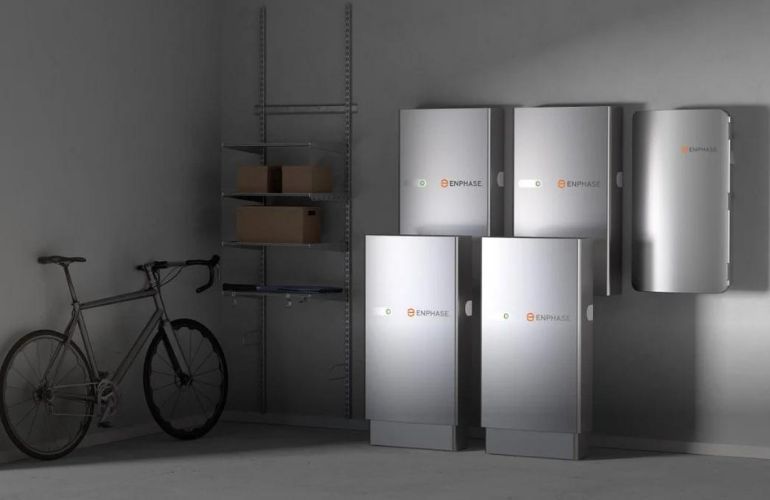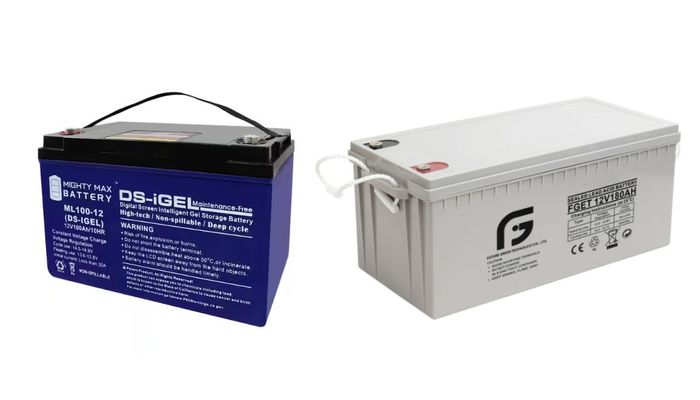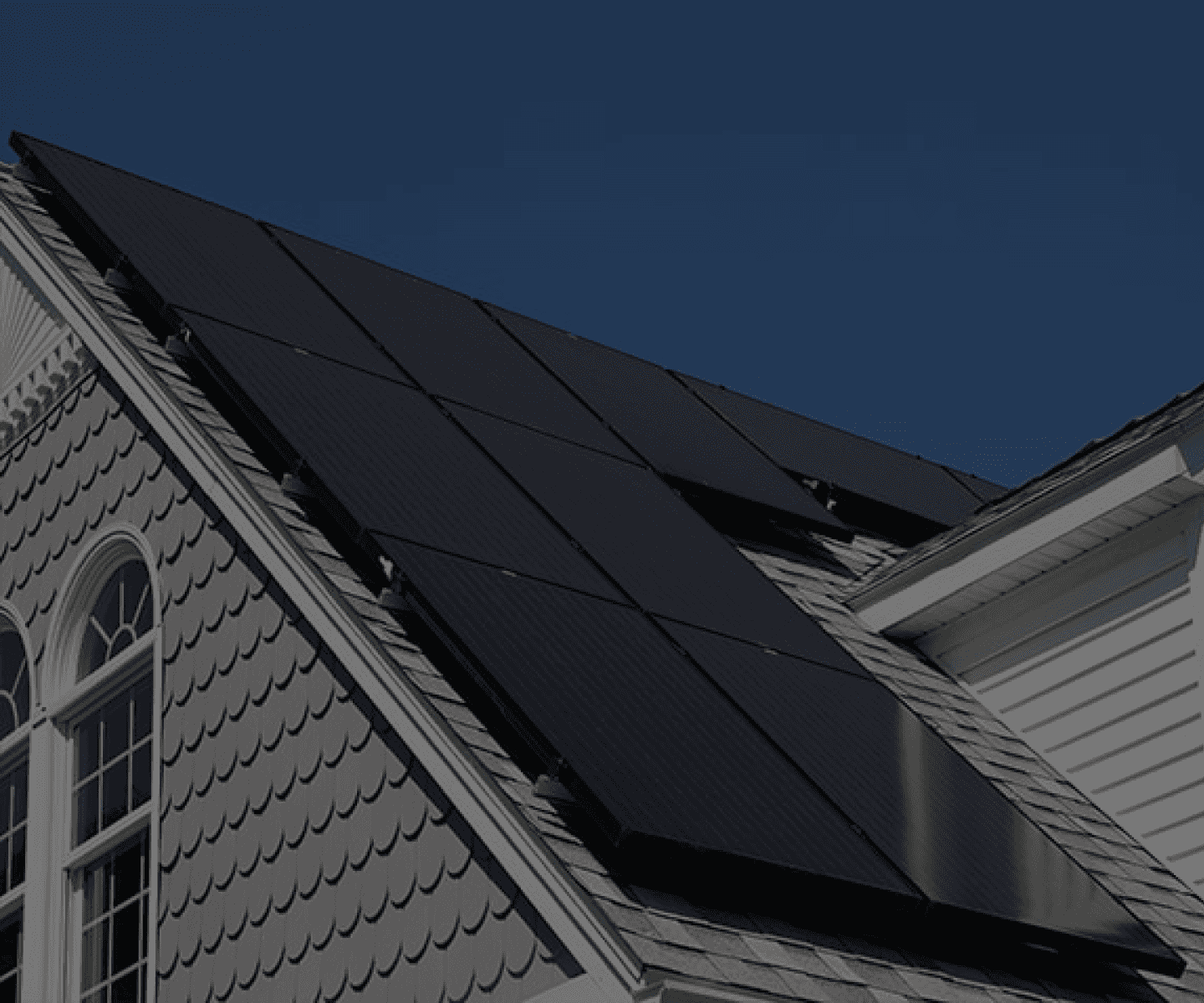Solar and Batteries Made Simple: A Quick Guide to Sizing Your Solar and Battery System

Thinking of going off the grid with solar and batteries? Figuring out the right number of solar panels and batteries can feel complicated. Don’t stress, we got you covered! This blog post breaks it down into a simple, step-by-step formula that'll get you in the ballpark – perfect for homeowners and professionals alike.
Imagine a house using 10,000 kWh of energy a year. Here's how we can estimate their solar and battery needs:
Step 1: Add a safety buffer. Nobody's perfect, and neither are solar and battery systems. Add 20% to your annual usage to account for unexpected growth in energy consumption and system inefficiencies. This bumps us up to 12,000 kWh.
Step 2: Break it down daily. Divide your annual usage (12,000 kWh) by the number of days in a year (365). That gives you an average daily usage of about 32 kWh.
Step 3: Understand energy patterns. Most of us are not home during the day, so we tend to use 70% of our energy during peak hours between 4pm and 9pm, when the sun isn't shining. That means our house needs about 23 kWh from batteries to cover those dark times.
Step 4: Size the solar panels. We need to generate 32 kWh per day to cover energy usage during the day and to charge up the batteries for night time energy usage. With 5.5 hours of sunlight daily, a system size of around 6 kW AC should do the trick (remember, AC power, not DC!). 6 kW AC * 5.5 hours a day is around 32 kWh per day.
Step 5: Choose your battery power. Aim for a bank of batteries that can store around 23 kWh, enough to keep you going through those peak and non-solar hours.
The bottom line: This is a quick and dirty method, but it's a great starting point for homeowners and professionals. It helps you get to the size you need for project budgeting and initial planning.
So, whether you're selling, buying, or just curious about solar and battery storage, remember this formula: annual usage + 20% buffer = daily usage x (70% for batteries + 30% for daytime). Keep it simple, make informed decisions, and break free from the grid with solar panels and battery storage.






